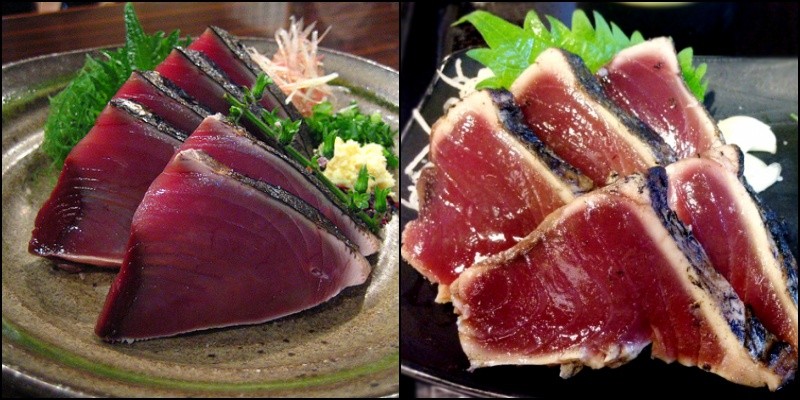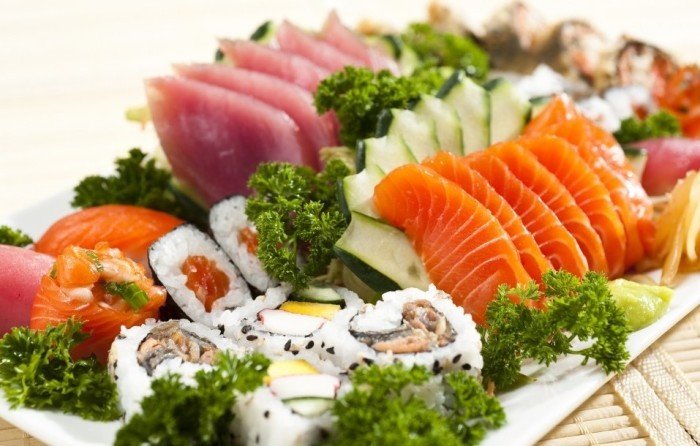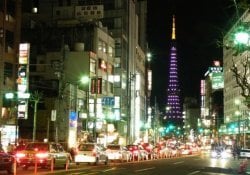Everyone knows that Japanese foods are popular and known here in Brazil. It is not difficult to find a Japanese restaurant and its fish menus. But it is interesting to think that this was not always the case. Therefore, we think about the initial divergences of Japanese cuisine in Brazil shortly after the japanese immigration.
After all, the Japanese are a people who value their culture. We can prove this by the fact that they make immigration difficult in order to preserve the culture. Of course, this is related to several historical facts. I advise you to read about the Edo period.
But anyway, the focus of the article is to tell a little about the history of Japanese food here in Brazil. Yes, let's just focus on the food factor for now. After all, Japanese immigration is a historical fact explained in another post here on the site. So let's get down to business.

Índice de Conteúdo
Japanese cuisine in Brazil
The differences between Japanese and Brazilian cuisine are obvious. I mean, the foods, the preparation techniques, the seasonings and the processes are totally different between the two. It's an obvious thing that a conflict of tastes would set in.
To better exemplify, for the first meal, the Japanese ate the traditional rice and beans. These two foods are no strangers to the Japanese. We can say that they are as everyday foods for them as they are for Brazilians.
However, we can mention the difference in the consistency of the rice. Another point is the use of beans, after all they are usually served as a sweet. In addition, other foods caused discomfort in the taste of the Japanese, such as pork fat, corn flour, cassava flour and garlic.
At that time fish, vegetables and legumes were difficult to find as they were not part of the local diet. Thus, the Japanese diet was rice and cod for some time. After all, it was the foods close to their cooking that they had available.
After some time, because rice has a high value, consumption was reduced and it was replaced. Thus, cornmeal cakes, manioc flour, corn flour came in and their place. Another important point of divergence was the preserves.
After all, they are fundamental in Japanese cuisine, however they did not exist in Brazil at the time. So, as the saying goes, “if you're in Rome, do as the Romans do”, the Japanese had to give the “Brazilian way” and improvised. Some time later, they began to manufacture miso and soy sauce.
Diffusion of Japanese cuisine
As we see happening with other peoples, the Japanese also planted their seeds here in Brazil. They brought to Brazil fruits, vegetables and vegetables that did not exist before in our cuisine. They created green belts, that is, huge areas of cultivation.
They cultivated areas that were previously considered infertile, through their knowledge. In addition, they provoked a change in Brazilian eating habits. Yes, cultural influences are extremely susceptible to culture shock. And since Brazil doesn't have a unique original culture, changes weren't hard to come by.
In this way, Japanese cuisine spread and increased its influence over time. Thus, it became popular in Brazil from the 1980s onwards. But it was only in the 1990s that Brazilians became massively adherent to Japanese cuisine.
This is because it is a fact that it is a healthy, balanced and tasty food. Sushi is an example of Japanese food which is known throughout Brazil. Even if not everyone has tasted it, his fame reaches the ears of almost the entire population.

And it became so well known that you can find several culinary establishments such as buffets and supermarkets. According to Abresi (Brazilian Association of Gastronomy, Accommodation and Tourism) in 2013 in São Paulo, there were 600 Japanese restaurants.
Brazil and its roots
Despite cultural and food differences, Japanese cuisine in Brazil has become quite popular. But we must always remember that Brazil is a mestizo country. Its culture and people were influenced by dozens of peoples.
From native Indians to Portuguese, Africans, Spanish, Japanese, Europeans, among many others. And with that, we have developed a culture of many peoples, but at the same time, a unique culture. Therefore, our cuisine has also suffered various influences, to the extent that we can find several popular foreign recipes.
Anyway, that's all for this post, but we have several other posts here on the site about Japanese cuisine. If you have any questions, suggestions or criticisms, just leave them in the comments below. Remember to share our website on social media, it will help us a lot. And thanks for reading this far, bye.





